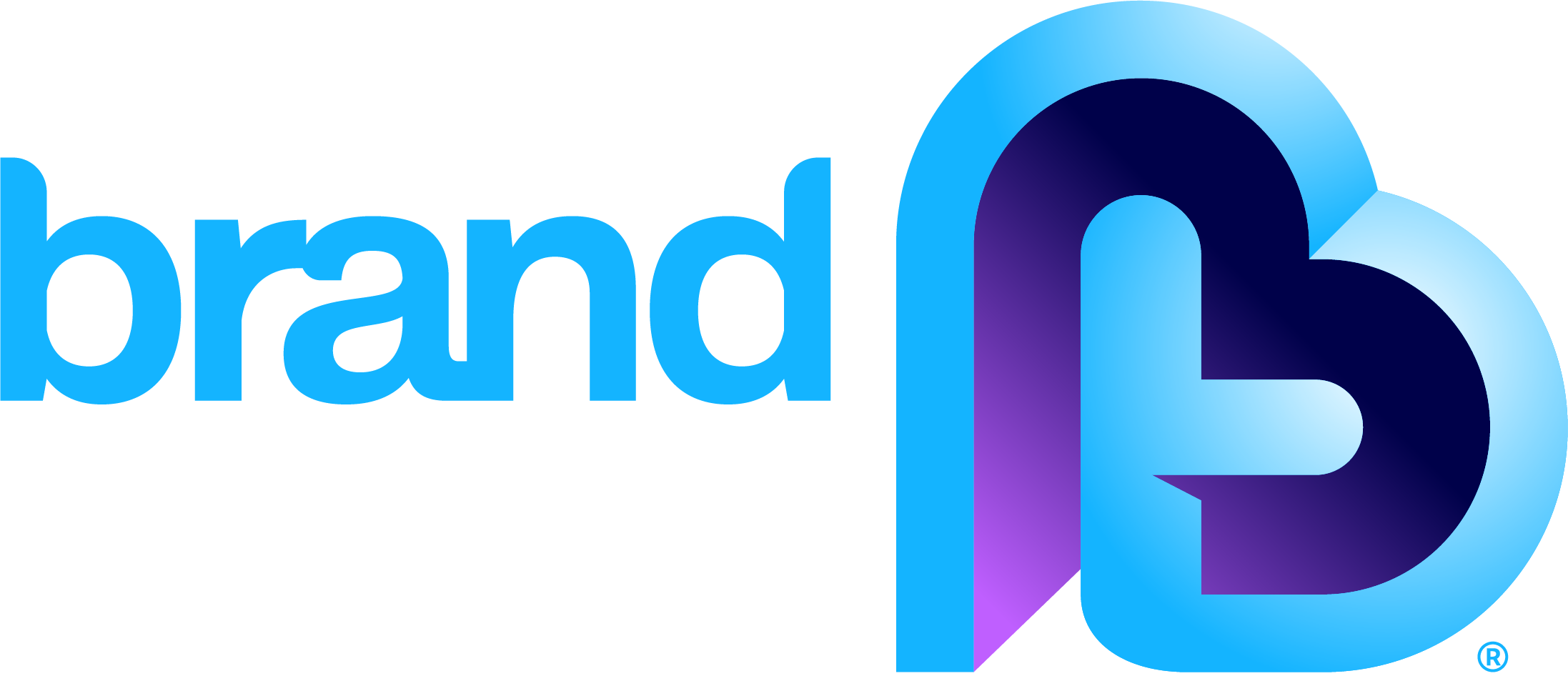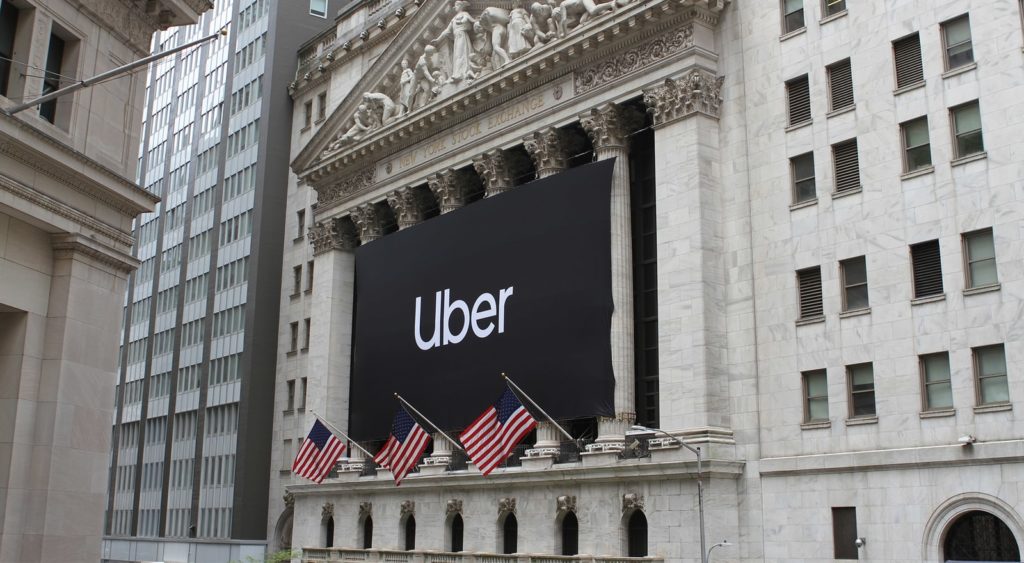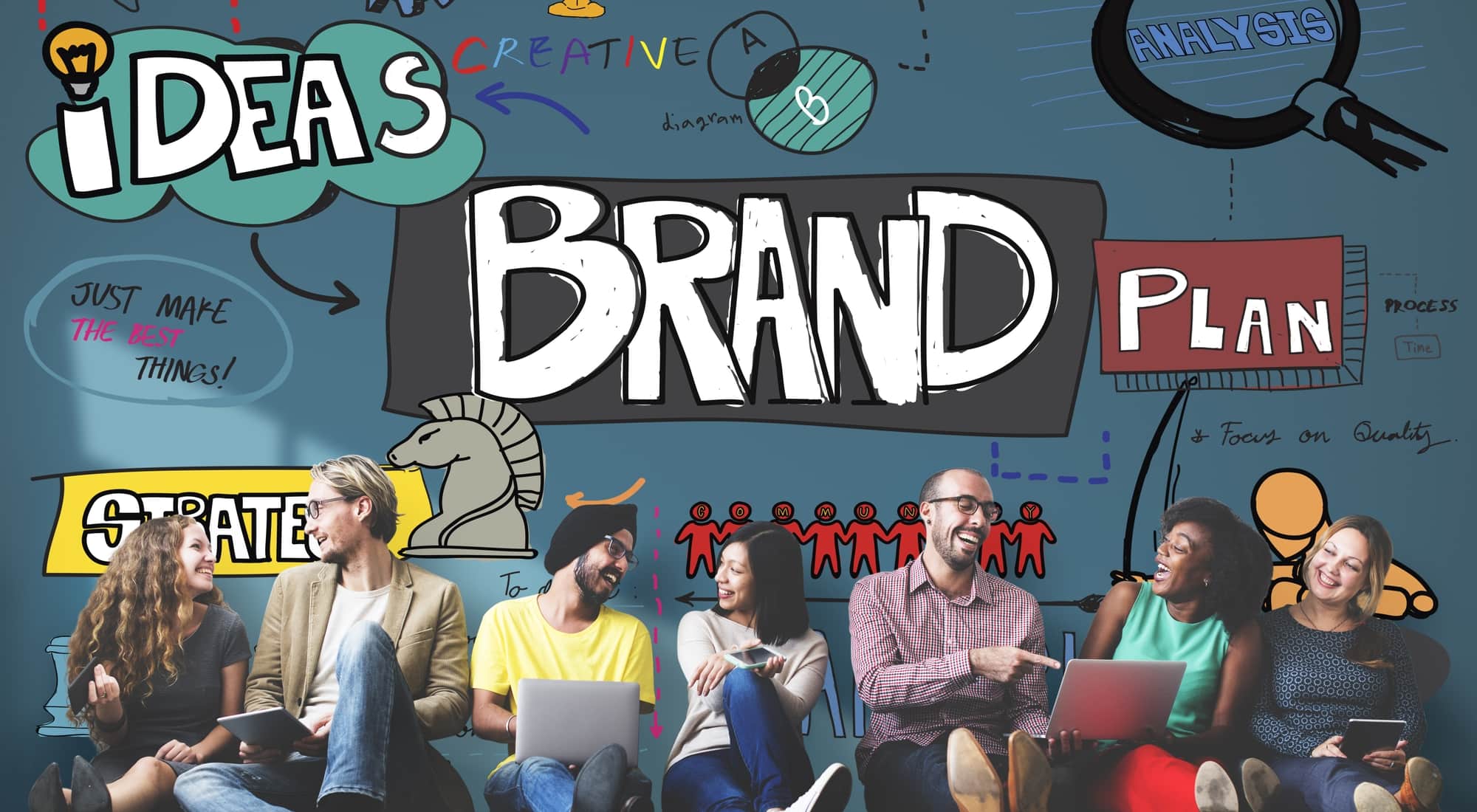The everyday upstart in the digital world of today—it’s the disruptive marketer—a company that ignores the rules, crushes convention and provocatively pokes and prods with a hey hey look at me barb made of pink neon. According to media execution and asset trading firm Midas Exchange, disruptors are irrational—irrational enough, in fact, to be creators of the new normal, Forbes announced in 2015. This is not a matter of brand identity versus brand image—this is purely tactical.
Consider the list of Forbes‘ top 25 disruptors, including Uber, Airbnb, Netflix, Apple and Under Armor—they are indeed shaking things up, carving out large slices of market share that never before existed, or, in some cases, taking most of the pie in giant bites.
Yet is it the Ubers of the world—with their ride-hailing app available in more than 500 countries that processes payments, tips included in the push of a button—a disruptor that made San Francisco’s Yellow Cab go out of business with a 2020 income of 11.1 billion despite the pandemic—are these companies the new kings of marketing, or are they just riding the latest and greatest technology-enabling instant-gratification fix? What about lifestyle marketing? Which strategy best helps a famous brand company reach consumers?
Here’s the insight: There is a method to the madness, a rhyme to the reason. Case in point, Uber. Over 4.3 billion people across the world own mobile devices that use apps, of course—so why not develop one that allows them to hail rides? In big cities all over the world, from Manhattan to London to Paris to Shanghai, people hail taxis in numbers too numerous to count—what if they could do it from their phone? How hard would that be? Now consider this—what if the cell phone didn’t exist. Would Uber exist?
So let’s step back and look at the big picture. Disruptive marketing works because it fits into lifestyle marketing—it’s a subset, a son or daughter—not the daddy.
Lifestyle marketing taps into our emotions, our desire to associate with a product or service because it fills a need—a thrilling escape; a lavish lifestyle; environmental consciousness—or, in the case of Uber, travel convenience—the list goes on. Consider the findings of Rockcontent, an online vendor for distinctive content experiences. Emotional advertising is 50% more effective than advertising that doesn’t draw on the emotions. What’s more, when customers are emotionally attached, they’re more valuable to a brand by 52%.
Doesn’t that sleek new BMW make you the stylish sophisticate of the neighborhood? Doesn’t that new pair of Nike Air Max running shoes make you believe you can break a four-minute mile? Why not jump out of that plane after drinking a Red Bull? Better still, why not just leave the parachute behind?
Yet if the product or service doesn’t meet the perceived need, it doesn’t matter how disruptive the disruptor is—the customer won’t budge. Today’s most successful disruptors all piggy-back on needs that already exist, desires that long to be satisfied here and now.




